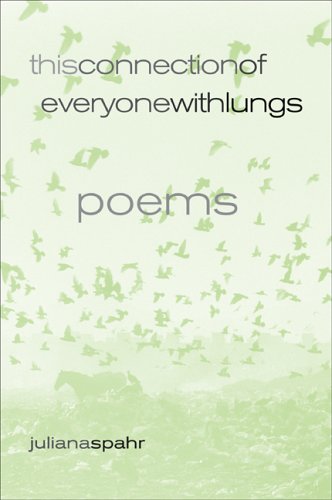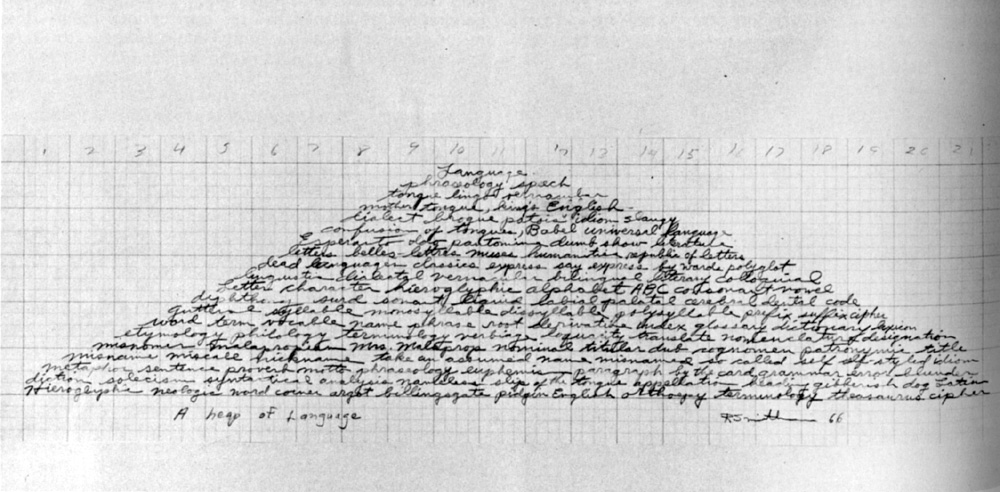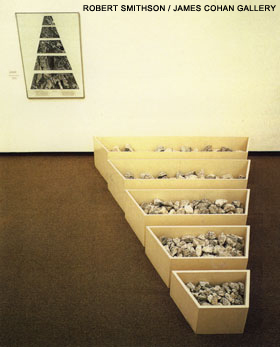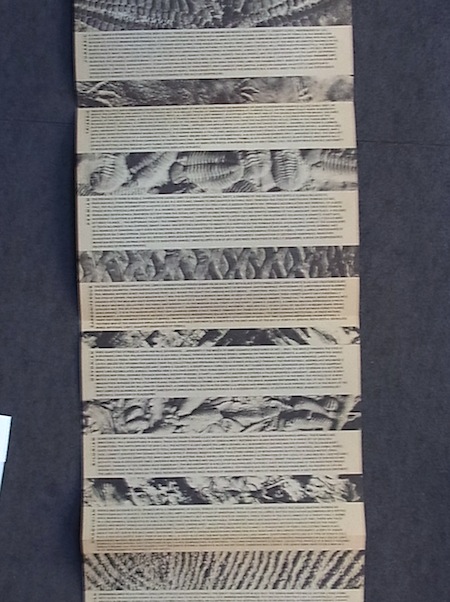site / non-site : inside / outside
There are these things:
cells, the movement of cells and the division of cells
and then the general beating of circulation
and hands, and body, and feet
and skin that surrounds hands, body, feet.
This is a shape,
a shape of blood beating and cells dividing.
….
Juliana Spahr, ‘this connection of everyone with lungs’ Berkeley: University of California, 2005.
Juliana Spahr’s poem ‘this connection of everyone with lungs’ relates to the ideas of breath that we were thinking about in last week’s writing group meeting. Spahr’s poem presents an interconnected scaling out from the single body to the whole universe and breathes a potential for community and group identity that is as much bound with the recognition of infinitesimal divisions as it is bound together with wholeness:
Listen to her reading the poem here.
During the workshop we discussed how her reading of the poem has the effect of transforming the audience into a hyper aware body that is collectively engaged with their environment and we considered this effect in relation to the term ‘political’ in relation to this transformation of attention and attentiveness.
We discussed the importance of scale to the poem and how we might ourselves map our own connections and networks in writing.
How do we map ourselves? Our environments?
What is connection? How do we write it / make it in writing?
Exercise:
Write down a list of as many of the named spaces / places that you feel connected to as you can…
(e.g. house, street, town, institution, somebody…)
Put them in order of scale from the smallest to the largest.
Take ten minutes to write your way from the smallest to the largest in any way you like…
Robert Smithson A Heap of Language, 1966.
Another artist also concerned with language and site is Robert Smithson. His film: Spiral Jetty and its repeated text that fails to map differentiation in its co-ordinates is an example which immediately complicates the neat presumptions of our imaginings of scale that we attempted to set up in the previous exercise.
During the writing group we considered Smithson theories of Non-Site / Site, and the related gallery works that set up an oscillation between immediate and the exterior sites–between what is in the gallery and what is signalled to by a map, or a photograph, or a material outside this space.
Smithson’s A Geophotographic Fiction which was first featured in Aspen magazine presents layers of text and image reminiscent of geological formations. Language to be Looked At And / Or Things to be read (1967) abstracts these ideas into a drawn / written Heap of Language which is made up of synonyms for the word ‘language’.
(See Also: The Writings of Robert Smithson, edited with an introduction by Nancy Holt, published by New York University Press, 1979, Second Edition: Robert Smithson: The Collected, Writings, edited by Jack Flam, University of California Berkeley, 1996).
What might this have to do with language and specifically poetic language?
How might it help us write inside / outside or to move beyond such distinctions?
Exercise:
Use a copy of today’s newspaper as your site. Your blank page is your non-site. Extract words or phrases in any way that you like (gridding / choosing / chance… ) and arrange them in your non-site as you see fit.
Experiment with leaving the found materials as they are and reforming / writing through them and see what difference it makes to your poem.
Further Reading:
Bernadette Mayer ‘X on Page 50 at half-inch intervals’
A Bernadette Mayer Reader, New York: New Directions, 1992.
Harryette Mullen S*PeRM**K*T, Philadelphia: Singing Horse Press, 1992.
Each of these poems might be considered in relation to our discussions of site / non-site and how this might be a productive starting point for thinking about how we use sites and found materials in poetry or even how we make reference / connections to the world and our environments.



